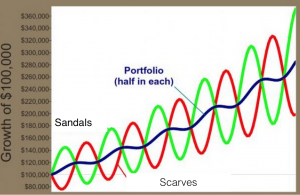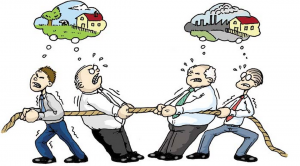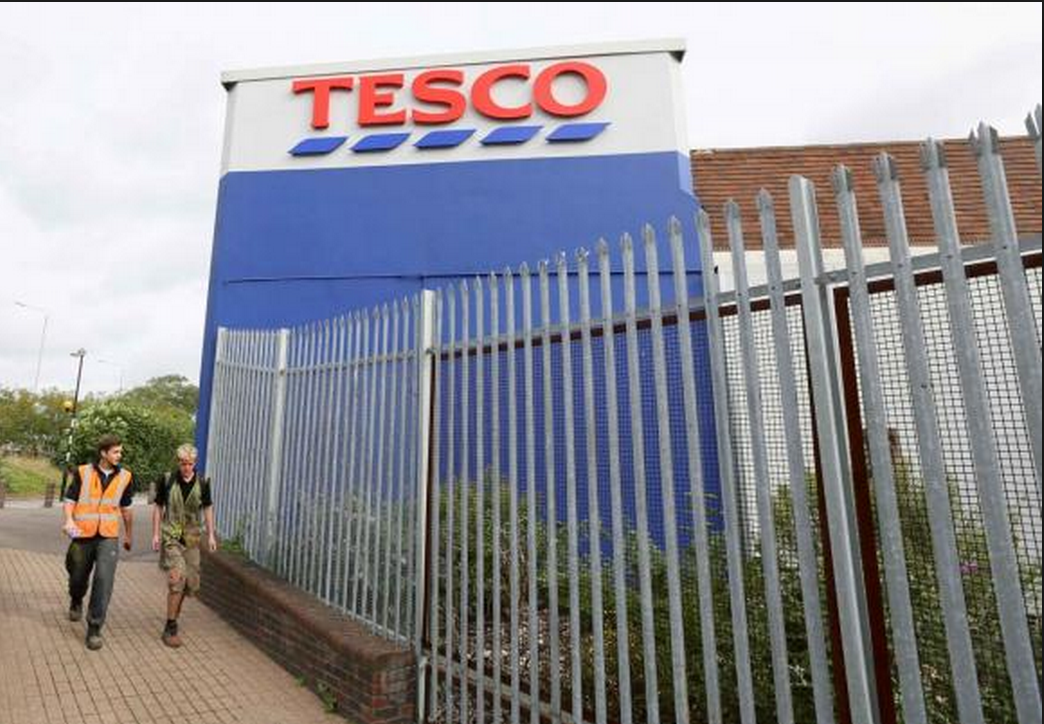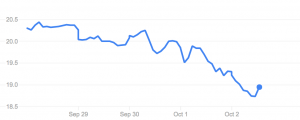Portfolio diversification seems to be key, as mentioned by students from the PMF program and professors of COMM 101, but how exactly should we diversify in an intelligent manner to increase yields?
To answer my own question, I first read “Correlation – The Basis of Risk Management” which states that a stable portfolio contains investments from non-correlating or negatively correlating assets, for example scarves and sandals. If it snows, then scarves will likely increase in value while sandals will drop; if it is sunny, the vice versa will occur.
Initially, buying negatively correlating assets seemed unintuitive.
While it is true that diversification can help minimize the risks of encountering a complete catastrophe, I felt there was another side of the coin that was disregarded. In essence, diversification limits profits if there is an unusual growth in a specific company or sector. In addition, if you have more knowledge or have access to faster information channels in a specific field, then it may be more profitable to focus specifically in that sector.
For example, during an interview with Warren Buffett, he was asked what was his greatest mistake. He said that it wasn’t investing in the wrong stocks, but rather not investing in the ones he knew more about.
That said, I think it is important to have a combination of diversification and specialization.





